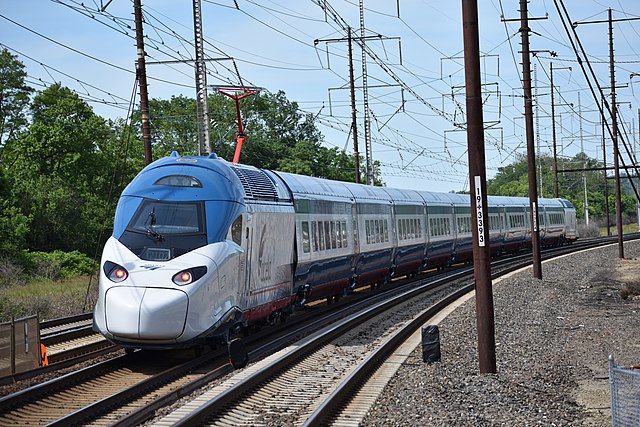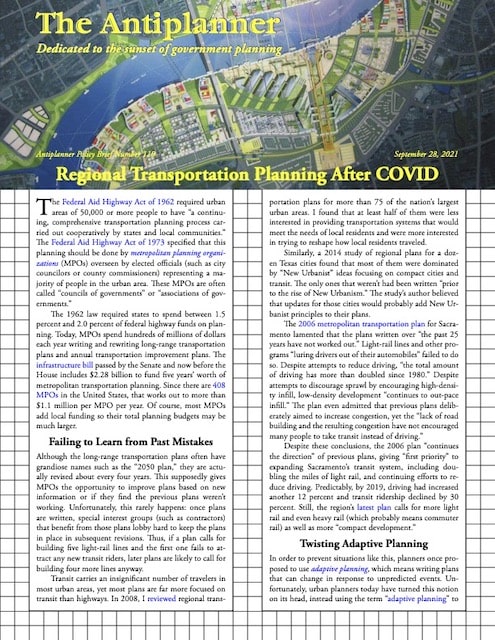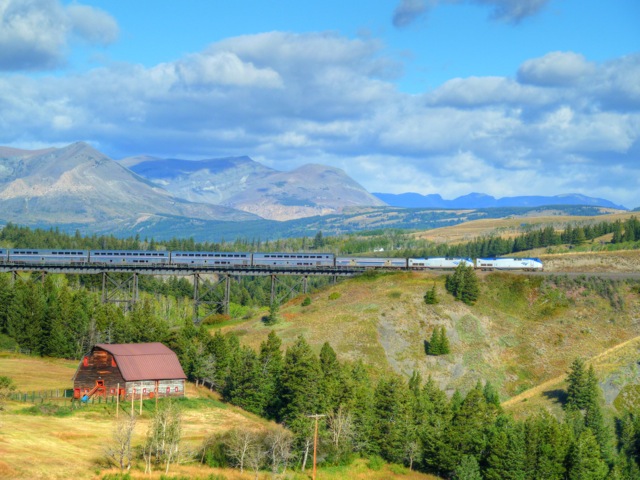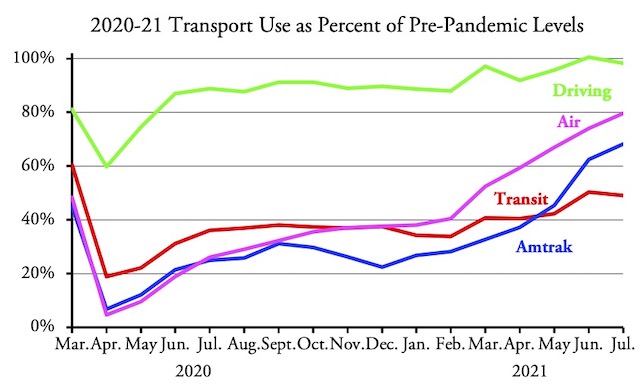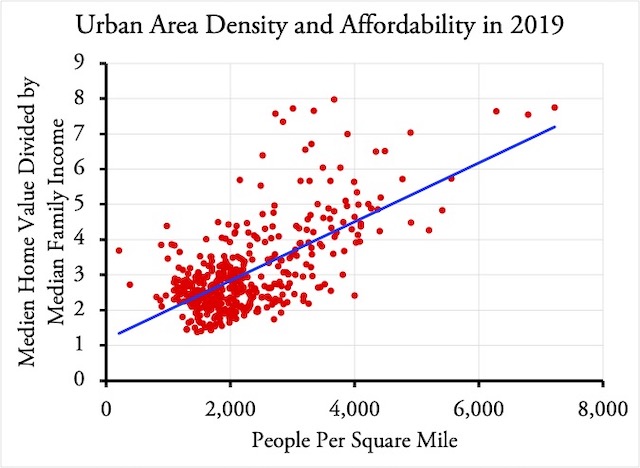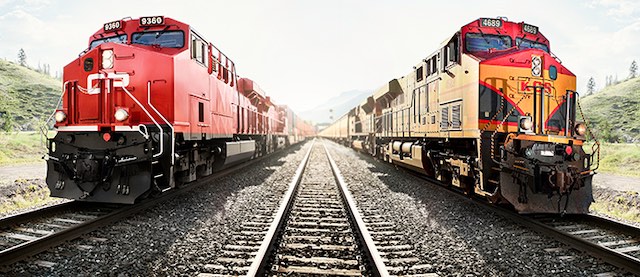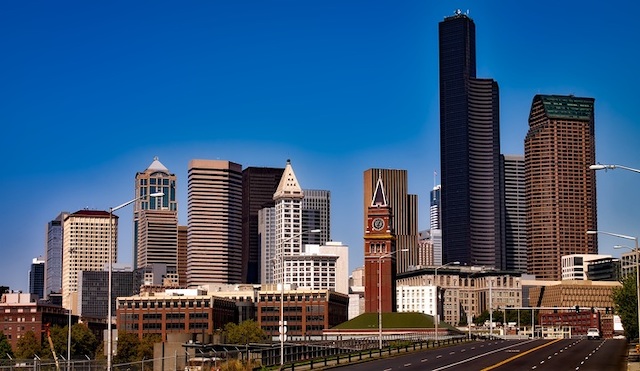AmeriStarRail is a private company that wants to operate passenger trains in Amtrak’s Boston-to-Washington corridor as well as on nearby routes. It proposes to privately pay for construction of 76 new train sets consisting of 152 locomotives and 760 passenger cars, which it would use to replace all non-Acela trains in the corridor as well as extend service beyond the corridor.
Amtrak’s new Acela train, which is scheduled to go into service next year. AmeriStarRail proposes to use trains of the same make and design, but with 12 cars instead of 9 and locomotives with Diesel engines to provide power when operating on rails with no overhead wires. Photo by Simon Brugel.
AmeriStarRail also says it will spend $5 billion improving tracks in the Northeast Corridor in order to reduce the fastest trip times between New York to Washington from more than 2-1/2 hours to under 2 hours, with similar gains in the Boston-New York portion. The company says it has investors interested in paying for all of this but won’t reveal who they are. Continue reading

